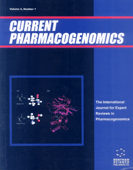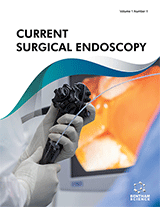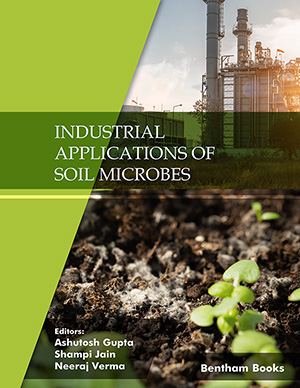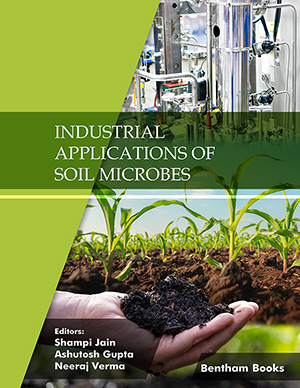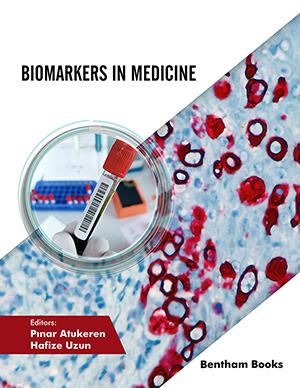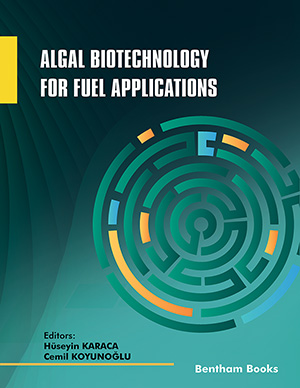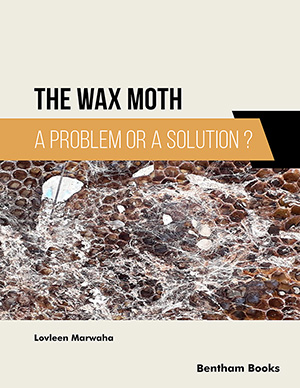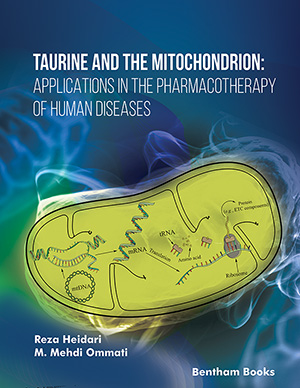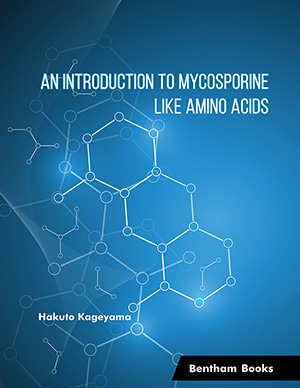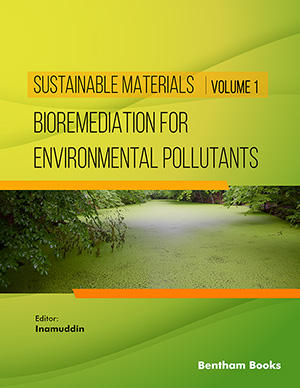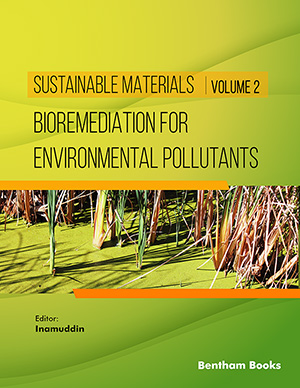Abstract
The regulation of pancreatic β-cell function and mass is critical to the maintenance of euglycemia. β-cells integrate numerous signals from the host to secrete appropriate amounts of insulin and maintain tight control of blood glucose levels. Together with glucose; nutrients, amino acids, hormones, and metabolic by-products contribute to this physiologic response. Within the islet microenvironment, where β- cells reside, there exists a network of interacting pathways that contribute to insulin secretion and regulation of β-cell mass. While factors within these pathways are often sourced from digestive processes and peripheral tissues, intra-islet-derived factors are also important components in the ability of -βcells to accurately integrate metabolic demands with β-cell function. In recent years, many biologic factors have been found to have previously unappreciated autocrine and paracrine roles within the islet. Moreover, differences have been described between signaling within rodent and human islets that are important for informing our understanding of autocrine/paracrine signaling between species. In this review, we highlight these new findings and future directions for this field of study.
Keywords: Autocrine, β-cells, β-cell function, β-cell mass, Diabetes, Glucose, Insulin, Islets, Nutrient-sensing, Paracrine.



